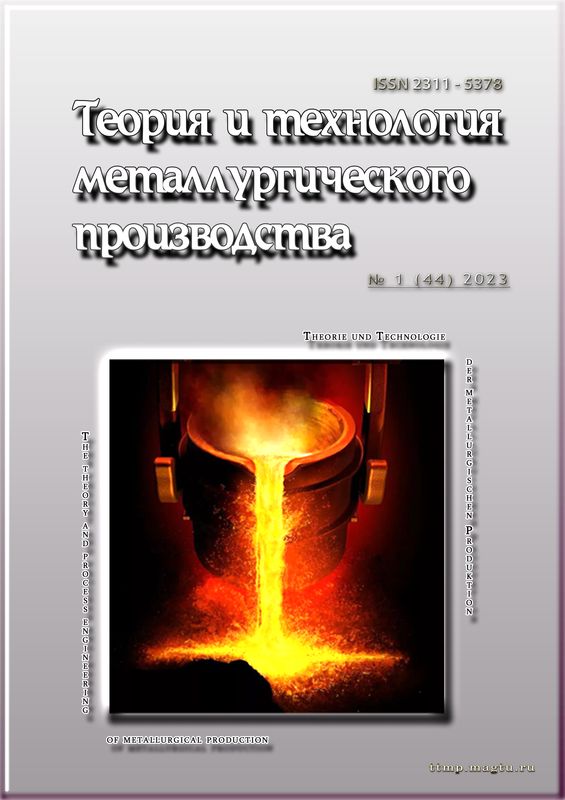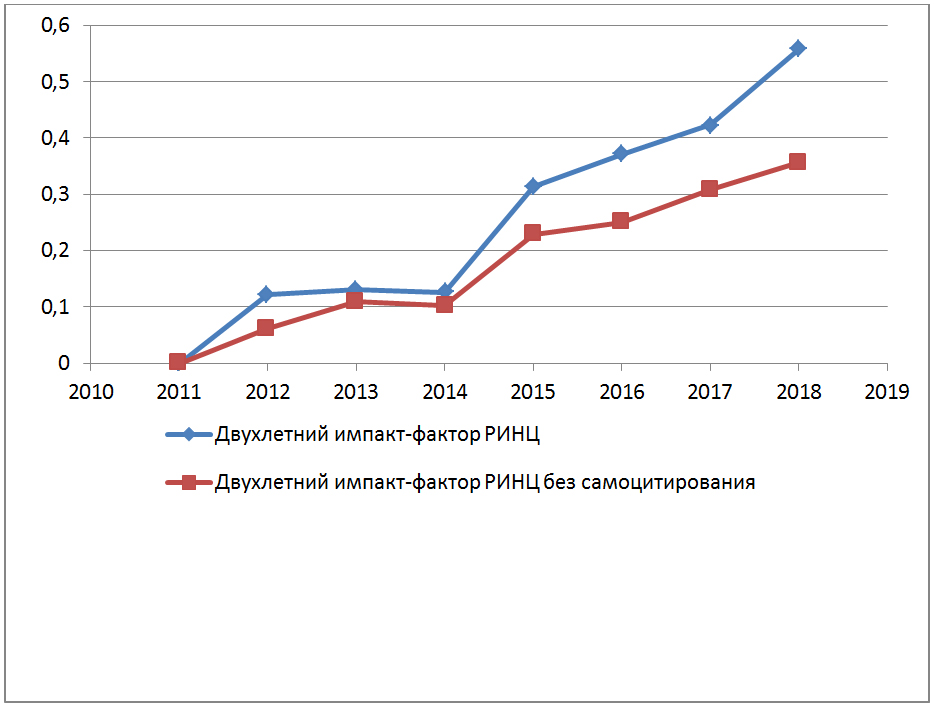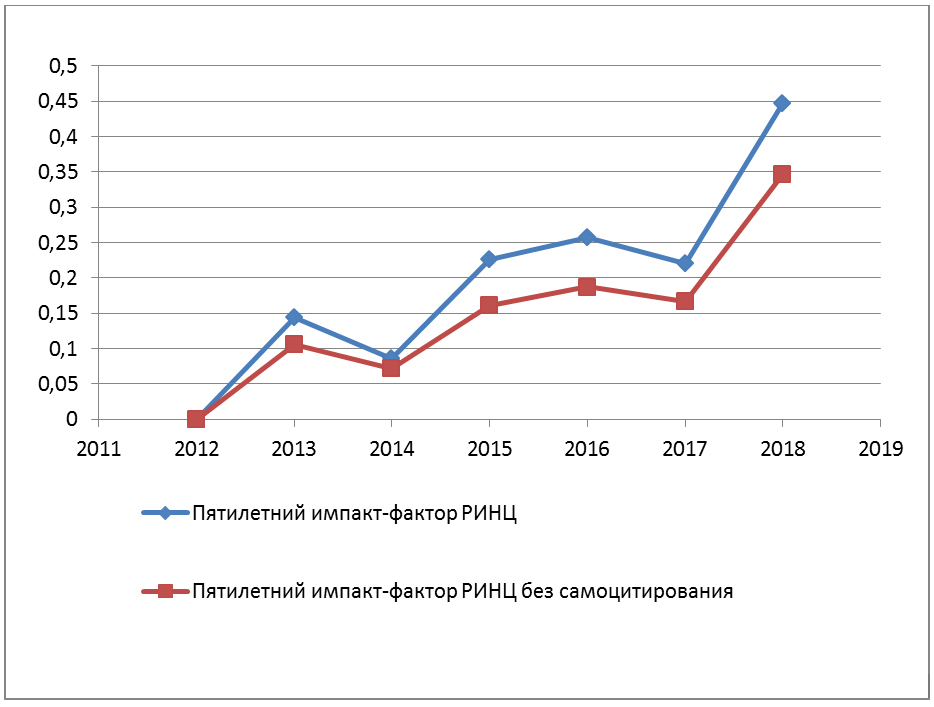Abstract
One of the most important tasks in the production of cast blanks is the manufacture of rods that form their external and internal geometry. Recently, due to the constantly increasing technological requirements, there has been a growing demand for alternative methods of manufacturing casting cores, which include cores from mixtures based on inorganic salts (salt mixtures). Casting rods made of salt mixtures have such characteristics as easy knockout after solidification of the casting, the possibility of multiple regeneration, and low cost. However, they also have disadvantages, such as insufficient strength, high crumbling and limited storage time. In this article, the authors focus on the problem of forming the strength of a casting core from a salt mixture as the most important one to ensure a guaranteed high level of operational properties of the core, the correct choice of material, the method of external influence on the mixture even at the stage of technological preparation of production, process control and, as a consequence, stabilizing high quality casting. The formation of the strength properties of casting cores is directly related to the processes occurring during the interaction of the filler with binders. The article discusses the mechanisms of hardening a casting core from a salt mixture, as well as the main types of external influences on the formation of the strength of the core. Experience shows that in practice it is not very easy to make a choice in favor of any specific mechanism for forming the strength of a casting core from a salt mixture and the method of external action on it to ensure the required level of operational properties of the core, since they have not yet been sufficiently studied. However, in order to reduce some of the described disadvantages and risks of the production of casting cores from salt mixtures, according to the authors of this article, it is necessary to pay more attention to core mixtures containing several inorganic salts, which are amenable to not one but a combination of external factors within the technological process.
Keywords
Casting core, inorganic salt, binder, performance properties, strength, formation mechanism.





